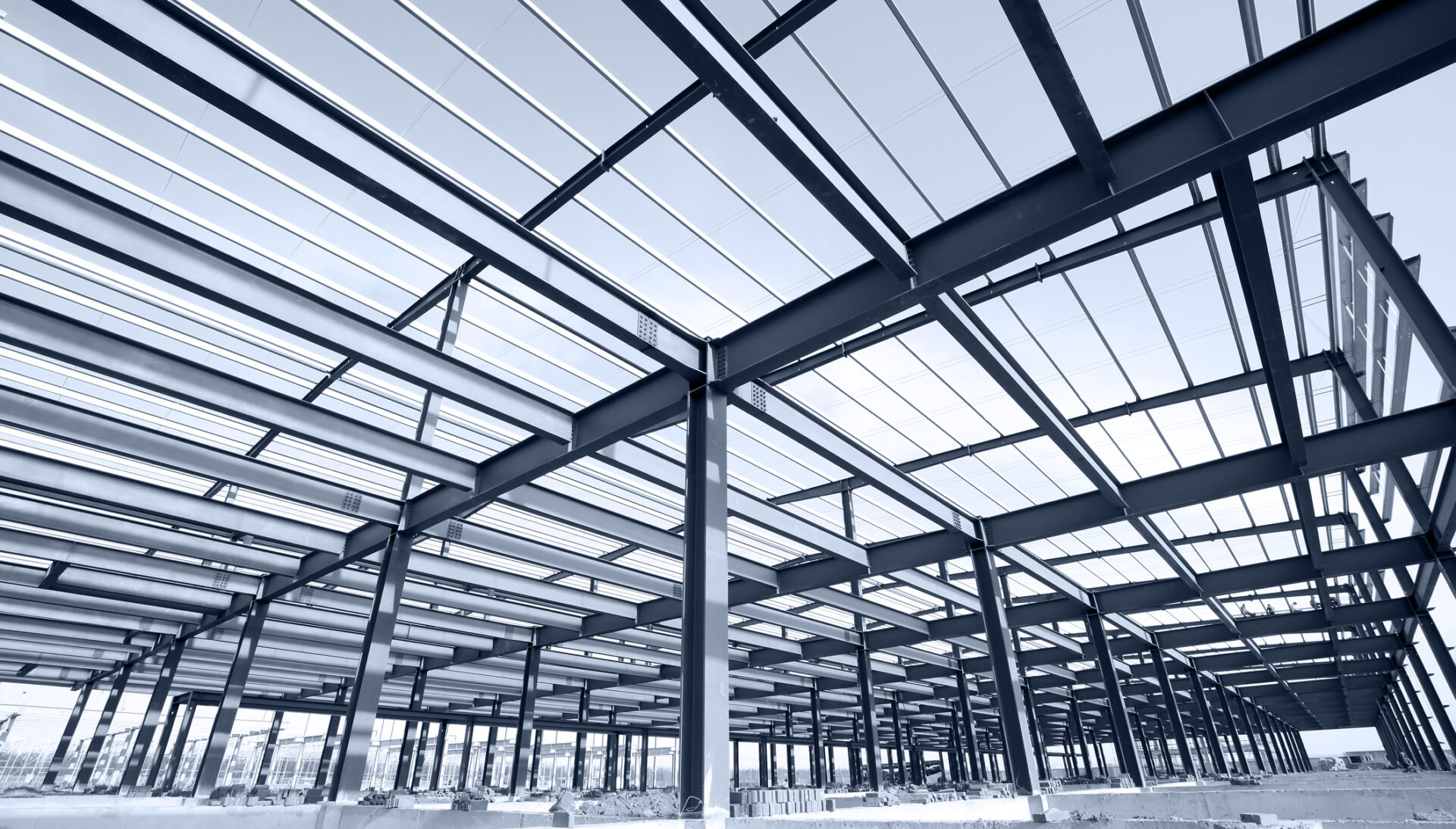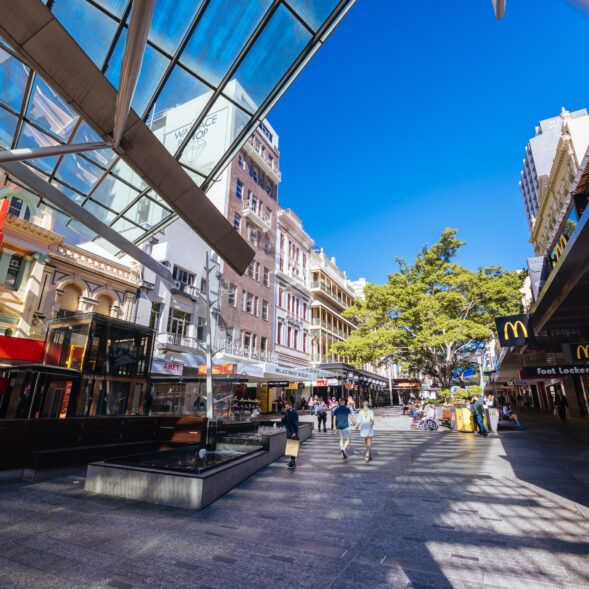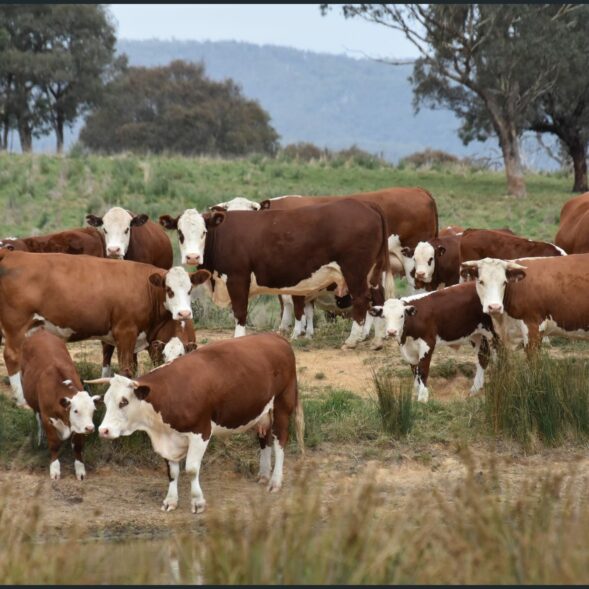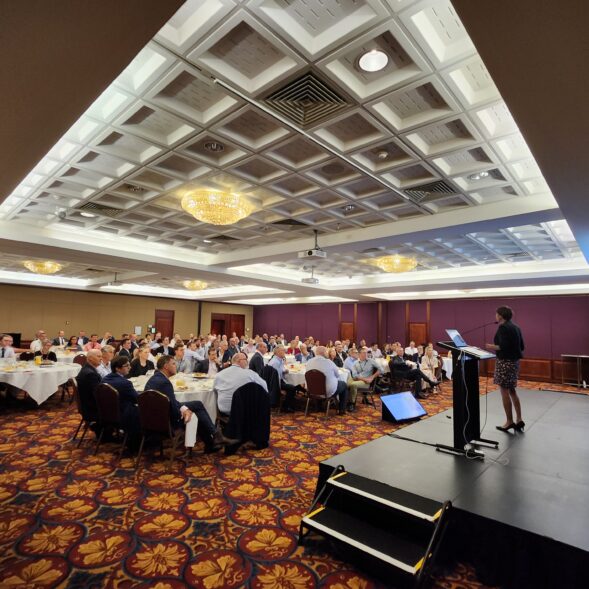In 2023, the industrial market in Australia continued to perform well, although not as strongly as in 2021 and 2022. This was expected due to the RBA’s aggressive interest rate hikes since May 2022, which caused disruptions in the broader market, especially concerning debt cost and commercial yield uncertainties. The industrial property supply has been limited due to high absorption rates in the previous three years, creating a pressing need for more stock to satisfy the demand and supply constraints. These challenges on the supply side have resulted in robust rental growth, while the investment market, particularly for higher-grade assets, has displayed signs of softening with little activity.
The standout feature of the 2023 industrial market has been the remarkable rental growth achieved in both prime and secondary locations across all major cities and regional precincts. Not so good for tenants but well received by landlords. After over a decade of stagnant rental growth, factors such as increasing land values and construction costs forced developers to raise rental rates to make their projects viable. Combined with supply limitations, this resulted in rental increases of some 30 to 50 per cent since 2021.
The Brisbane industrial sales market has performed well throughout the year, though overall sales volumes have been far lower than in previous years. Institutional players remained cautious due to various challenges and uncertainties about future cash rate movements. In contrast, owner-occupiers in the sub-$10 million price range have been very active, benefiting from strong balance sheets and lower interest rate exposure compared to leveraged investors looking for return on investment. With the surge in rental rates, buying one’s premises rather than renting became more financially advantageous if capital was available. Strata titled projects have also been a standout in terms of capital value appreciation and demand due to the traditionally lower attainable price points for many businesses and their proximity to inner and mid ring residential catchments. There has been a lot of hype about the Olympics in Brisbane and the Woolloongabba precinct experienced a surge in demand throughout 2023 from the increased attention and proximity to one of the main Olympic precincts.
In our various Australian capitals, our key industrial valuers have noted comparable trends in the industrial sector. Adelaide experienced a scarcity of new industrial properties, leading to persistent rental growth. Supply chain uncertainties, rising interest rates and capital acquisition difficulties discouraged speculative construction, with high-density industrial parks not expected to complete until early 2024. A shift from interstate investors to owner-occupiers has been observed, creating unique competitive conditions in inner industrial and showroom/warehouse properties.
Perth’s industrial sector has emerged as the top-performing asset class. Land values, especially for larger holdings on the city’s fringes, experienced substantial growth. Eastern states investors have been noticeably active in the sub-$5 million market segment and local agents have prioritised buyers’ agents with east coast clients, anticipating higher sale prices. Prime, modern industrial rents have nudged approximately $150 per square metre per annum, while existing industrial properties achieved rents above $100 per square metre per annum net. Supply constraints have also been evident due to construction costs and labour availability.
Sydney and Melbourne have continued to see rental growth across various sectors, with owner-occupiers also playing a significant role in properties below $10 million. These markets faced persistent challenges, including construction costs and limited available stock, leading to a trend of repurposing older buildings. The land market remains strong, with no signs of declining prices; in some cases, values have appreciated. Inner city sites offering both holding income and future development potential have been highly sought after. This has also been evidenced in Brisbane.
In one of the major Queensland regional precincts, Mackay, our local director reports that the market for tenanted investment properties was thinly traded throughout 2023 due to a lack of listings rather than an absence of demand. Because of this, there are insufficient transactions to provide objective guidance on yield trends with the general view being that yields are generally stable compared to 2022 levels. Like other parts of the country, industrial vacancies decreased throughout the year and rental rates steadily increased. As mentioned previously, the construction volatility is no different in our regional precincts which is a major constraint to new supply.
All in all, 2023 has been another strong year for the industrial market as a whole and whilst the supply and demand equation remains unbalanced, we might be in for a similar year in 2024.
David Walsh









